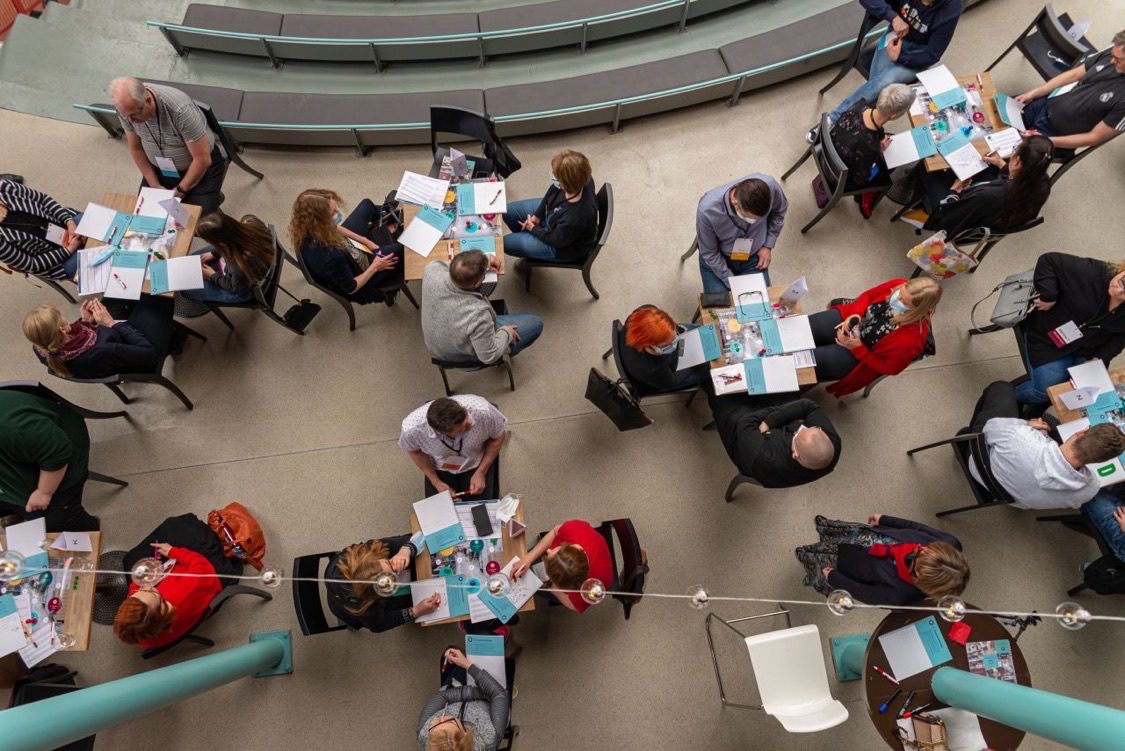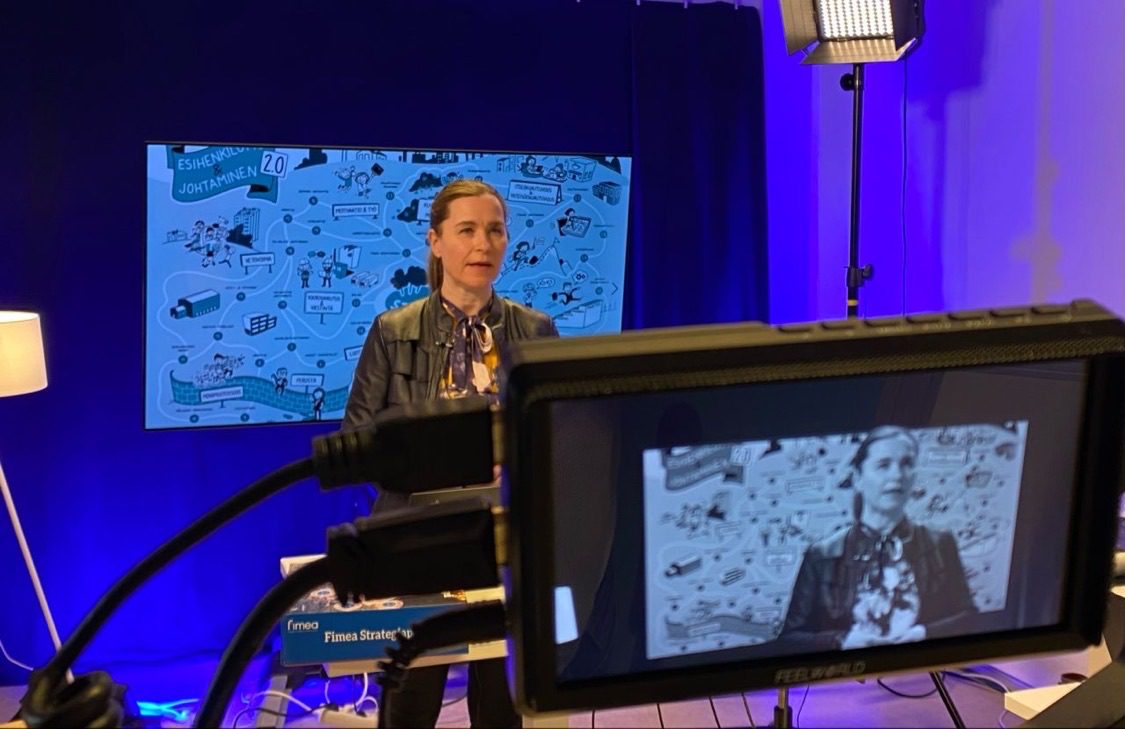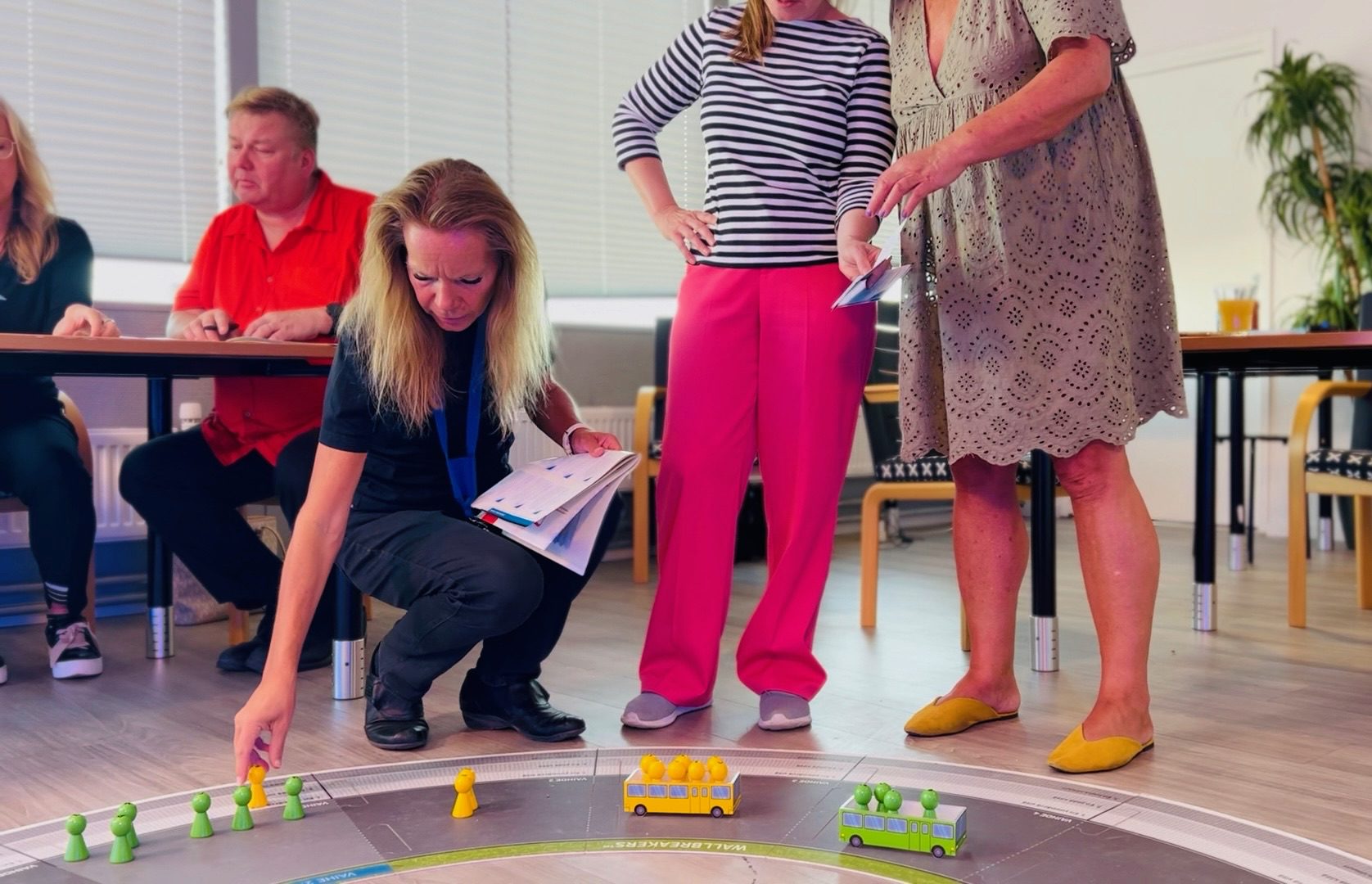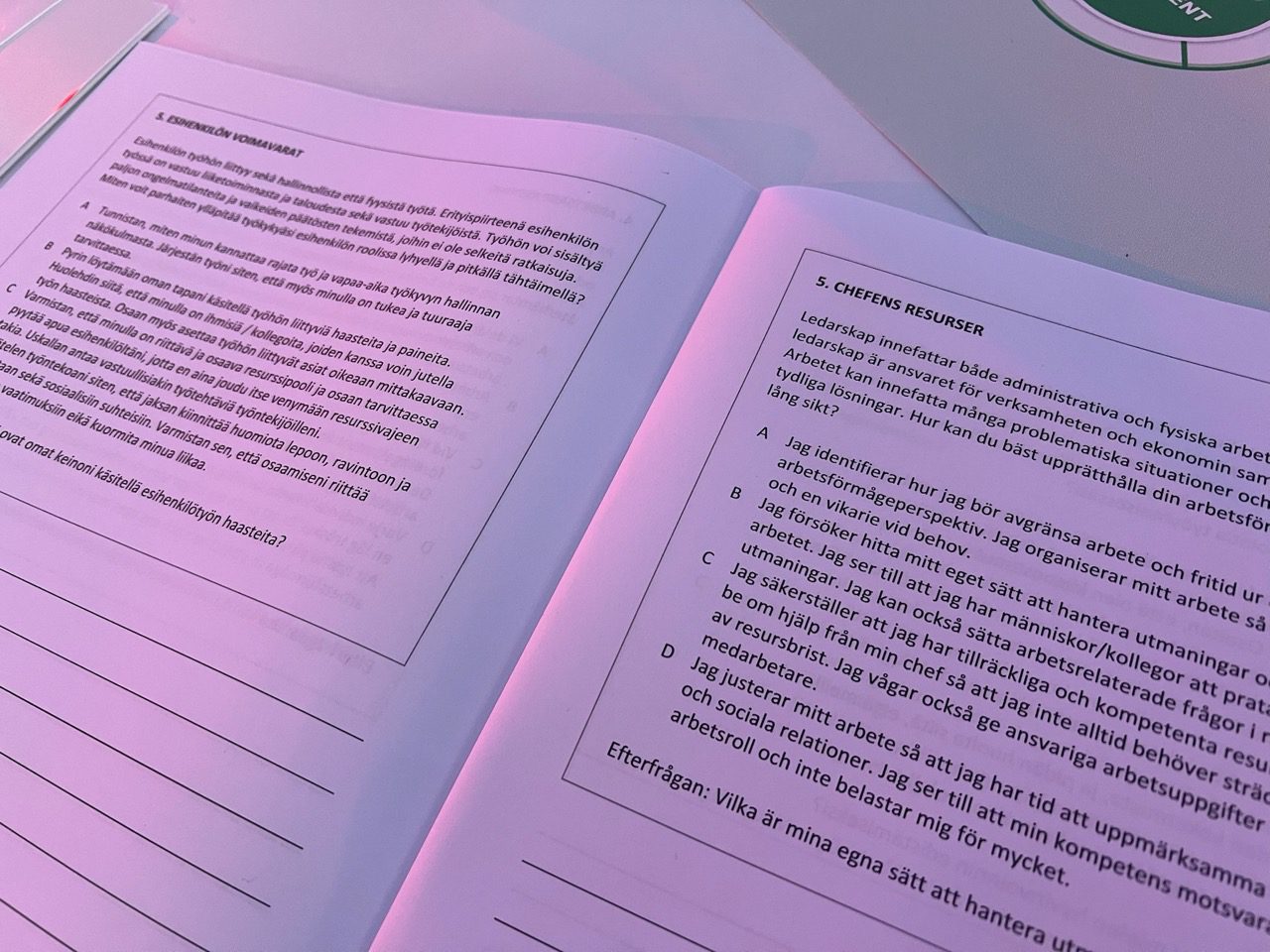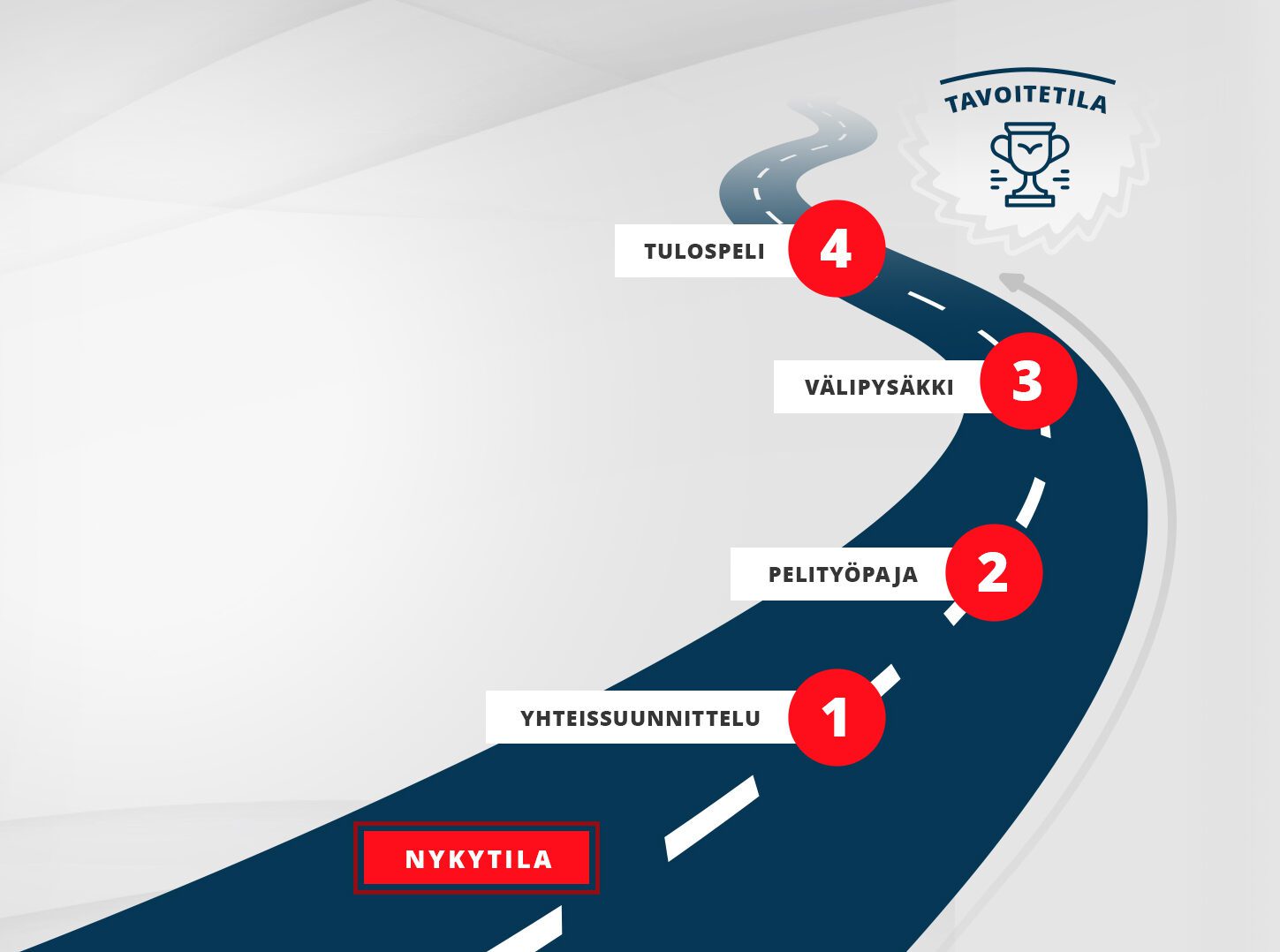The Roots of Muutostaito’s Game Format
The foundation of Muutostaito’s game format was laid already in the late 1990s. At that time, a game-based intervention tool called “The Collaboration Game” was developed for team development. The tool was built around a question library covering all key areas essential for team growth. The game was developed at Helsinki University of Technology, and several academic studies were conducted on its application during the development process.
Unlike many of today’s training board games, the essential idea behind this game was not to teach teamwork. Instead, the questions within the game guided the team to engage in dialogue around topics important for team development, helping them to jointly address and agree on emerging issues. There were no right or wrong answers to the questions. The game was played on a board, and by moving on the board, players could choose the type of question they wanted to address. The questions were divided into three themes: rules of teamwork, problem situations, and getting to know each other. The game was structured as an individual competition, where players earned points, for example, by aligning with the majority opinion on a given theme. The winner was the first to collect a set number of points in each of the three themes.
This game was, first and foremost, an intervention tool for organizational developers—not an educational game. It was used in over a hundred organizations and, based on research, achieved strong results in supporting team development and improving organizational communication.

